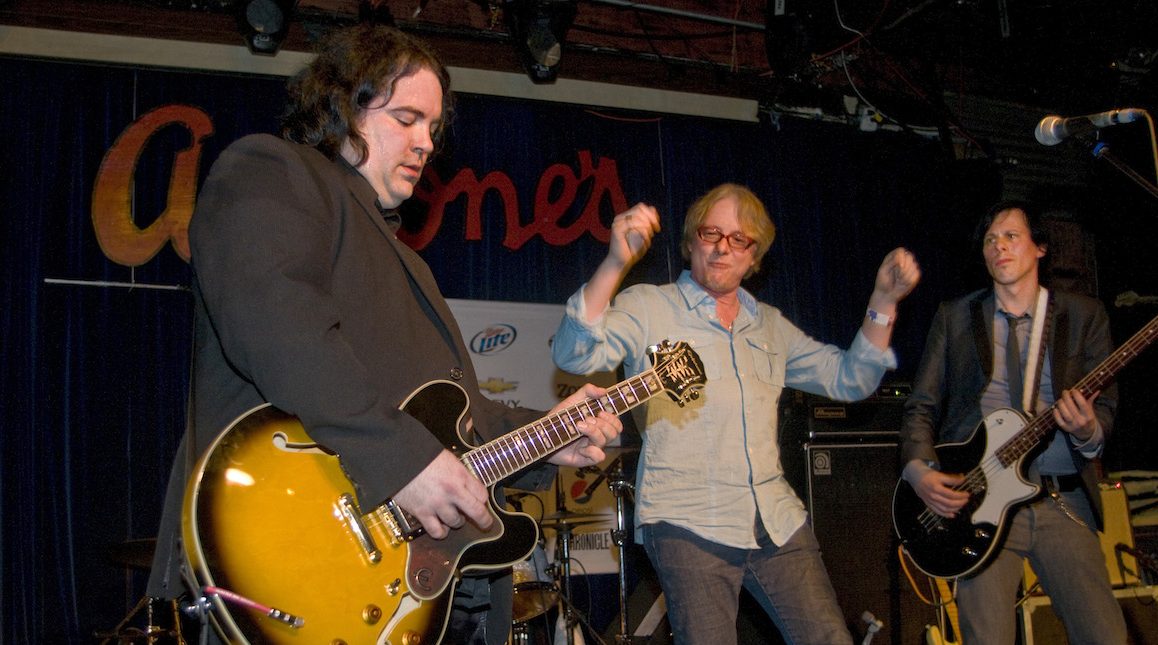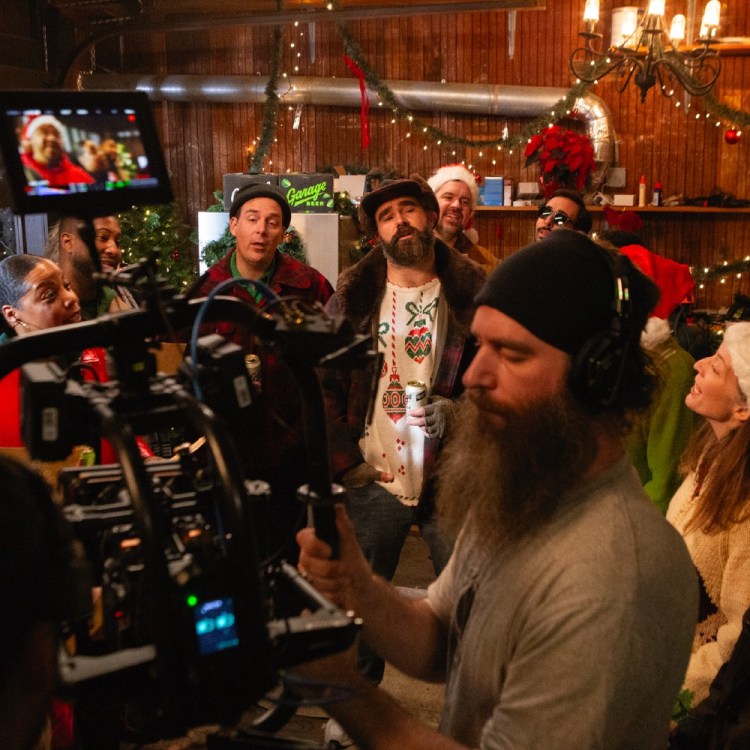Back in 2009, NPR sat down with alternative rock band The Posies and asked: “How do bands make money now?” The Posies were ideal to answer the question because, while they never really achieved stardom, they sure had experience. Indeed, they put out their first album in 1988. (So long ago it was originally issued on cassette only.)
The Posies probably hit their financial zenith in the 1990s, when they were on the Geffen label and landed songs on the soundtracks to Reality Bites and The Basketball Diaries. Group member Jon Auer recalled, “I think we had a $250,000 publishing advance, and I think just off those two movies, we managed to recoup that entire advance and make money on top of that.”
They eventually left Geffen over a lack of promotion. They wound up with a small independent label and sold 25,000 copies of a record. It was a step up from their previous experiences, because Auer says they were actually paid: “I never saw a check from the sales of any of the records I’ve made on the major labels.”
Ultimately, the band split up and the members went their separate ways before drifting back together again. Bassist Ken Stringfellow wound up earning just over $100,000 a year, but it was hard earned. He had to be primarily based in Europe and work with a number of different artists in a number of different roles: “I’m the tour accountant and tour manager and travel agent and all that stuff, all the time, for all of these bands. It’s so insane.”
Since then, it hasn’t become any easier. In 2012, New York magazine profiled the indie band Grizzly Bear, who had released two Top 10 albums and could sell out Radio City Music Hall … yet some of the members didn’t even have health insurance. While members were reluctant to discuss their exact pay, they conceded even touring—the main source of their income—wasn’t as lucrative as you might think: “Agents, lawyers, tour managers, the merch girl, the venues take a merch cut; Ticketmaster takes their cut; the manager gets a percentage; publishers get a percentage.” In general, band members were desperately trying to cut expenses whenever possible. They stayed on a bus and only rented hotel rooms occasionally to allow for showers. As with the Posies, they were largely dependent on songs getting picked up by commercial interests, as the article notes that “licensing a song might provide each member with a nice little ‘Yay, I don’t have to pay rent for two months.’”
Let’s bring it forward a few more years. Billboard set out to determine just how much people could stand to make at various levels of the music biz. The key takeaway: It’s damn near impossible to make a living in music, but a lucky few can make a killing.
They report buskers can expect to make $50 to $100 a day. Elite musicians, who get work as sessions players, can earn between $100 and $2,500 daily. (Session players with a gift for mimicry can also earn up to $2,500 as a cover band.) New bands working the festival circuit earn between $3,000 and $7,500 per fest.
That said, there is hope for those who master social media, as the occasional YouTube star can break through and make nearly $1 million—though that ignores the fact that musicians like Cracker lead singer David Lowery have demonstrated just how poorly the online world tends to pay.
In short: Your best bet is to be one the Mariah Careys of the world who cash in on perfumes, apparel lines, and Las Vegas residencies (for which she earns $500,000 a show).
Delve deeper into Billboard‘s numbers here. (In particular, the tour data is fascinating.) Of course, the music business will always have its appeal—The Posies even put out a new album this year, 28 years after their debut. And people have always denounced the biz as well. In that spirit, take a listen Tom Petty’s classic 2002 attack on the industry at a time when, with the benefit of hindsight, now probably doesn’t sound all that bad to the average musician.
This article appeared in an InsideHook newsletter. Sign up for free to get more on travel, wellness, style, drinking, and culture.
























